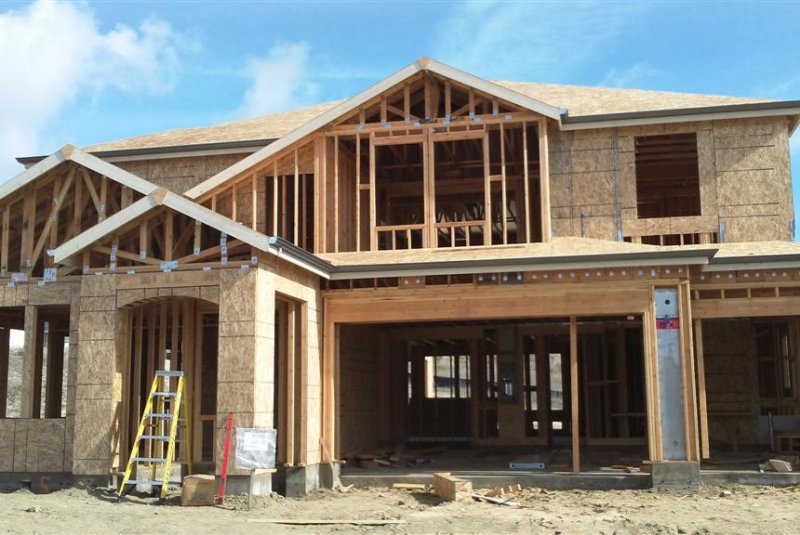The supply of new homes fell and prices continued to surge in December, the National Association of Realtors reported Wednesday. File photo by Rishichhibber/Wikimedia Commons
Jan. 22 (UPI) -- The supply of homes for sale in the United States shrank for the seventh straight month in December and prices responded by spiking at a 7.8 percent annual rate, industry figures showed Wednesday.
The monthly National Association of Realtors report on the U.S. housing market said total housing inventory at the end of December totaled 1.40 million units, down 14.6 percent from November and 8.5 percent from December 2018.
It was the seventh consecutive month inventories have declined relative to the year-earlier month, putting a squeeze on would-be homebuyers -- especially young buyers such as the big population of millennials who are seeking affordable starter homes.
"Home sellers are positioned well, but prospective buyers aren't as fortunate," said NAR chief economist Lawrence Yun. "Low inventory remains a problem, with first-time buyers affected the most."
Adding to their dilemma, the lack of balance between supply and demand is accelerating the pace of rising prices. The median existing-home price for all housing types in December was $274,500, up 7.8 percent from December 2018. In November, prices were up at a 5.4 percent annualized rate.
Total home sales were up 3.5 percent in December over November, suggesting investors are active in the market buying lower-cost homes for conversion to rentals, competing with younger homebuyers.
"Price appreciation has rapidly accelerated, and areas that are relatively unaffordable or declining in affordability are starting to experience slower job growth," Yun said. "The hope is for price appreciation to slow in line with wage growth, which is about 3 percent."
The housing supply shortage was also highlighted by Realtor.com in a report released Tuesday.
It found the building of new U.S. homes has fallen nearly 4 million short of demand. Analysts said that 5.9 million single family homes were built from 2012-2019, which wasn't enough to offset 9.8 million new households formed during that time.















